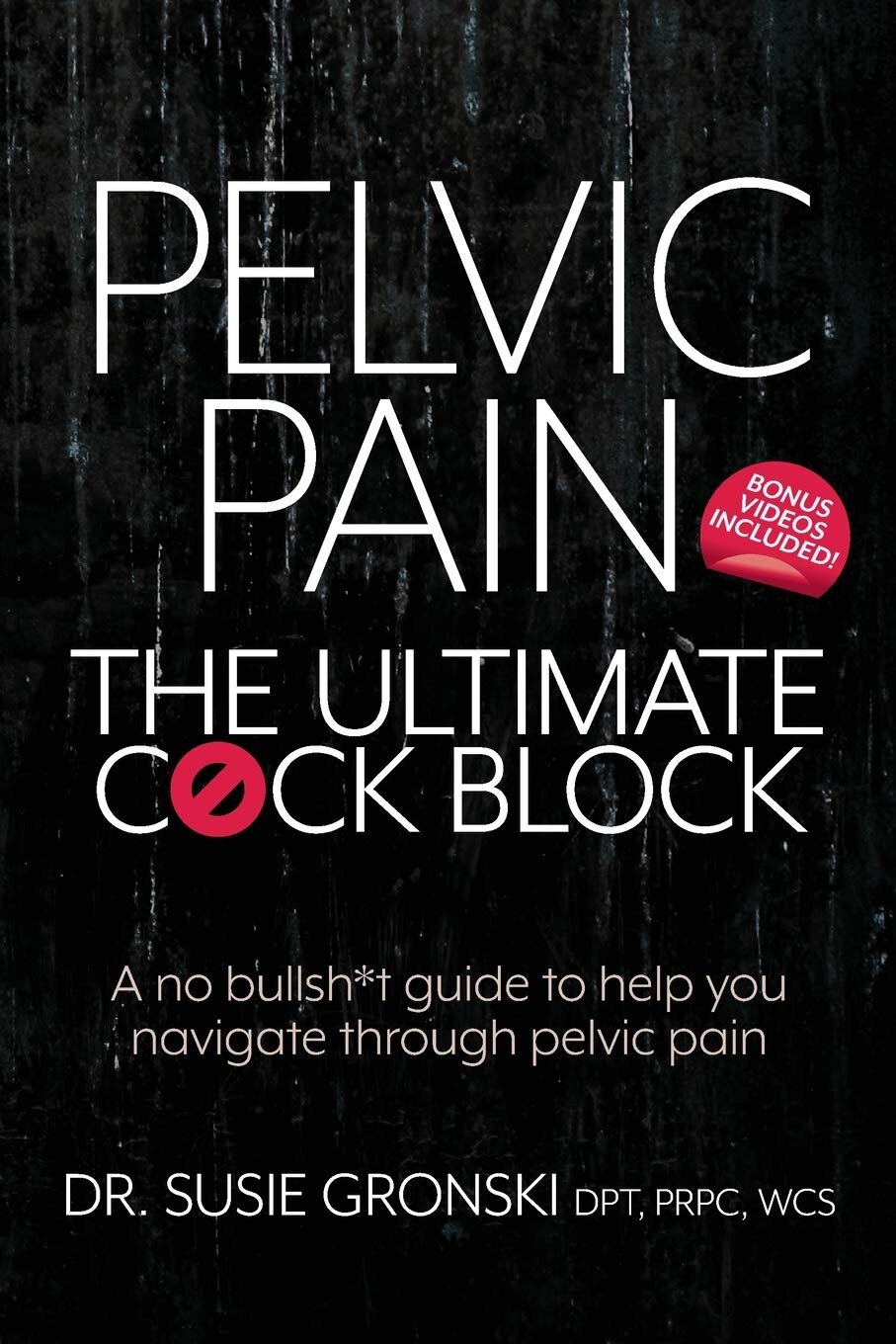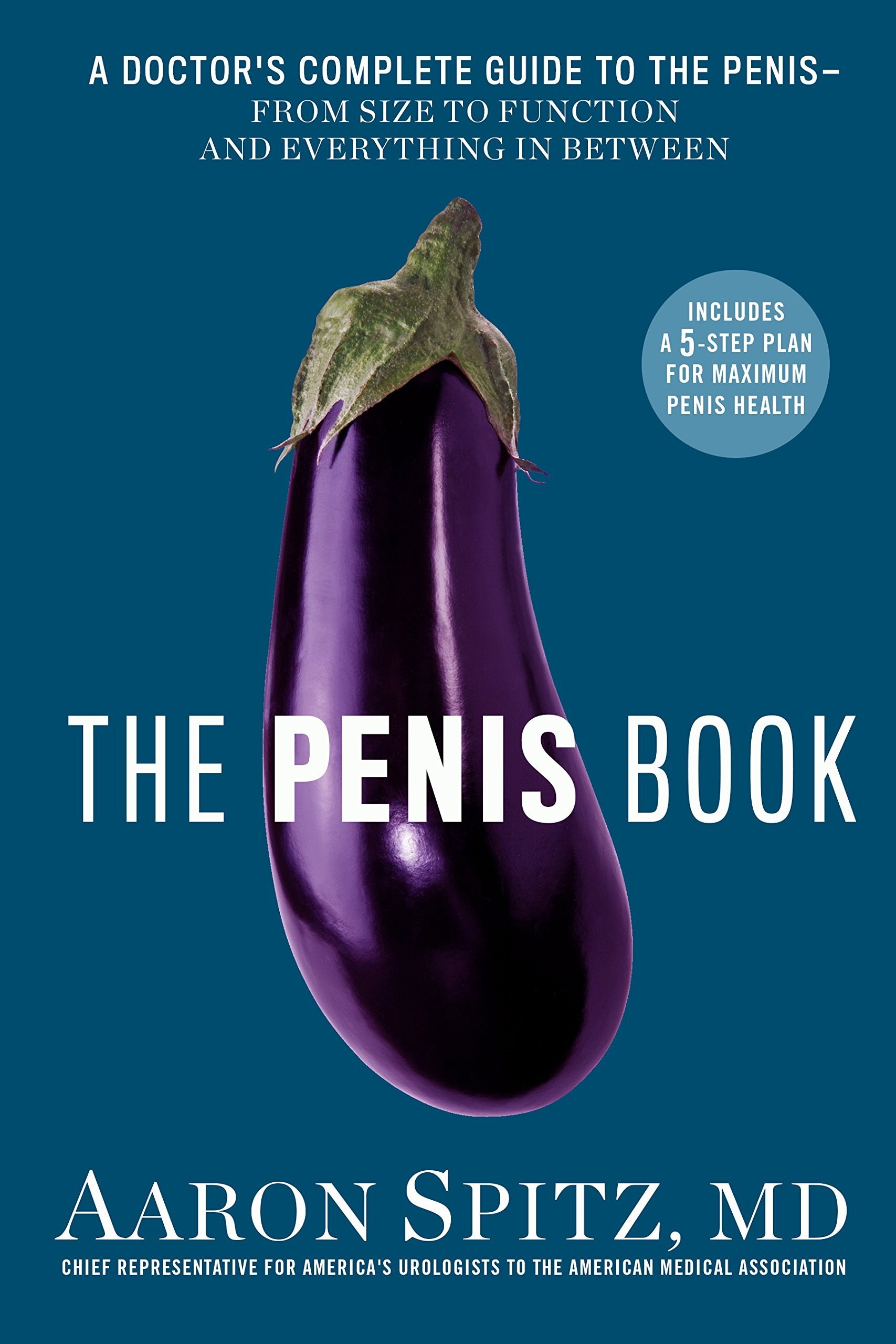Build a unique expertise.
If you reached this page, this means that you’re curious or interested in learning more about men’s pelvic health. The world needs more super clinicians like yourself because many men need your expertise and they just don’t know where to get it. Here are the facts, 130 million men worldwide suffer from pelvic pain, yet the number of clinicians who can treat men with pelvic pain is very limited. By going through this mini-guide, you’re about to embark on a journey where you’ll develop very sought-after skills that will help a lot men out there. This mini-guide can be useful to any clinician whether you’re someone who is just starting/ is thinking of treating men or you’re someone who has been treating men for years. The beginner section will be for people who are just starting out. The intermediate section will be for clinicians who are mostly treating women’s pelvic pain and are thinking of also expanding their expertise to men or for clinicians who treat men from time to time. The advanced section will be for clinicians who have been treating men for years and are looking for the latest resources and evidence.

Mini-guide to treat men with pelvic pain
Beginner
Start as soon as possible!
You might think that it’s wiser to wait until you have more experience in treating women before starting to treat men. The fact is even if there are some commonalities between treating men and women, there’s a lot of differences. Essentially, you’d be learning a new skillset if you’re treating men, and the best time to start learning a new set of skills is to start as soon as possible. So start tomorrow if you can! Treating men with pelvic pain is very much needed right now and here’s why… Pelvic pain in men is not a rare condition, and it’s been estimated that about 1 in 6 men will have pelvic pain at some point in their lives. Unfortunately, there are not that many physical therapists who can effectively help men with their pelvic pain right now because the focus in the last decade was more on women’s pelvic floor so the actual expertise to treat men is quite rare. In other words, the demand for this set of skills far outweighs the supply. So, what this means for you is that if you decide to develop this set of skills, you’d be one of the rare experts who can effectively and reliably treat men with pelvic pain, which will help you build a steady stream of patients for your practice.
One thing that is often shocking to many therapists when they start treating men with pelvic pain is when they learn that there’s a substantial amount of pelvic pain in men which is referred from the spine. Just like with a heart attack in which the pain can refer to the left arm, similarly, back pain can refer pain to the pelvic area. The fact is back pain and pelvic pain often coexist. It’s been estimated that about 40% of patients with lumbar disc disease have micturition symptoms, and about 80% of chronic lower back pain patients have sexual dysfunction. However, most patients don’t talk about these issues with their therapists. A good starting point when you’re starting your journey in treating male pelvic pain is asking all your male patients who are consulting you for back pain whether they have pelvic pain, micturition symptoms, or sexual dysfunctions. Closely monitor these symptoms; you will be surprised that many of these symptoms will resolve if you’re able to successfully treat their back pain. The most important as a therapist is to really target the primary source of the pain because if the pain source is referred from the spine and you focus your entire energy working on the pelvic muscles, chances are you’re not going to see much improvement. Then you’ll tell yourself that this is something normal and that the problem you’re facing will take time to resolve, and your patient just needs to keep working at it and it’ll eventually get better. Not quite! I’ve been there as well, and it led to a lot of inconsistent results, and frankly, sometimes no results at all. On some days my patients would come in the clinic, and they’d feel better and on other days they’d come in worse, I wasn’t getting consistent results. The treatments I was providing didn’t have lasting results and provided only some relief right after they came in clinic but never lasted. Because I wasn’t treating the proper area and the main source of the pain... At IPC, our Active Screening of the Pelvis Part I course can help you identify which is the main pain source driving the pelvic pain. Part I is really focused on all the clues you can find from your subjective evaluation, which will help you with your differential diagnosis.
Pelvic floor intro course.
Now after you can reliably identify what is the main pain source, you’ll also need to be able to assess the pelvic floor because there are cases which will require you to do so. Indeed, pelvic floor dysfunctions can be a potential source of pelvic pain and it needs to be assessed properly. Now the first important thing to know is that the pelvic floor is a muscle group which is no different than any other muscle groups you’d assess in the body. So just like how we assess other muscle groups, the pelvic floor group of muscles can be assessed through various ways such as observation, palpation, repeated movement testing, functional assessments, etc.
The only difference is that sometimes internal examinations might be required to properly manage men with pelvic pain. However, the important thing to remember here is that for most of the time, it’s not necessary to do any internal examinations to treat men with pelvic pain. In fact, about two-thirds of my male patients do not need an internal pelvic floor examination and treatment. So even if you don’t know how to do an internal examination, you’d still be able to treat pelvic pain that is referred from the spine and the two-thirds of pelvic pain driven from the pelvic floor muscles that you can properly assess and treat without having to do an internal examination or internal treatments.
However, suppose you’re willing to learn about how to assess and treat the pelvic floor internally, in that case, you’d need to complete an introductory pelvic floor physiotherapy course as required by most professional orders. The problem with these introductory courses is that they generally start by introducing ‘treating female urinary incontinence’ and you need to take a few ‘prerequisite’ courses before you can take male pelvic pain courses. Usually, you’d also need to find a consenting partner to attend or practice in these courses. This might give the wrong impression to therapists who are beginning in pelvic floor that they need to ‘master’ women’s pelvic health before being competent enough to practice in men’s pelvic health. At IPC, we’re dissociating from this old model and our courses will allow you to directly embark in your journey on becoming an expert in men’s pelvic health without needing to have prior knowledge in women’s pelvic health.
Read a lot.
When you’re just starting, reading is the best way to expand your knowledge; books and updated research papers are the best to go with. One of my favorite books that I always recommend for physiotherapists who are starting to treat male pelvic pain, is "Pelvic Pain: The Ultimate Cock Block" by Dr. Susie Gronski, DPT. The new version is about 200 pages and is an easy-to-read book that will help you grasp the fundamental concepts in treating men with pelvic pain. The book references the latest research, so you’ll be up to date with the latest evidence. The reference list is excellent if you want to read more on specific topics.
Take an introductory course.
There are several courses about male pelvic health available to physical therapists. Unlike many other courses, at IPC, we believe that there’s no need to be experienced in treating women before treating men. Just like oranges and apples are both fruits, men and women have commonalities but also have some fundamental differences. Enough that, treating men can be viewed as distinct expertise. At IPC, our courses focus solely on treating men with pelvic issues.
Intermediate
Transferring your knowledge from women’s pelvic health to men.
For the intermediate group, I’m assuming that you’re already treating women with pelvic floor issues on a regular basis and maybe from time to time you’re treating some men.
Understand the differences!
First, you may need to do a bit of homework to learn more about how men's bodies work physiologically, psychologically, and sexually. There are many resources out there, either in the form of a book or video clips. My favorite one is "The Penis Book" by Dr. Aaron Spitz, a urologist in the United-States. He uses simple language sprinkled with some humor to explain how male genitalia and sexual function work from a scientific standpoint. Having spoken to many pelvic floor physical therapists, one of the barriers perceived by many physiotherapists when they start is male sexuality because men’s sexuality is not generally taught in our training and it’s quite different from women’s sexuality. Pelvic pain has a significant impact on men's sexual life and knowing how they’re feeling and understanding their psyche is quite important to help us maintain the proper therapeutic relationship with our male patients and guides us in providing the best care for them. There are currently a lot of misconceptions related to male sexuality. A good way to help dispel those misconceptions is by reading the book "The New Male Sexuality," written by Dr. Bernie Zilbergeld. Remember, you don’t need to be an expert in sex counseling to treat men with pelvic pain. However, in some cases working closely with a sex therapist can be a great option and you’ll have a great ally by your side.
Approach men differently!
Once you understand the differences between men and women sexuality, the next step is to approach them differently in your assessments and treatments. Currently, most assessments and treatment approaches that exist for treating men are directly adopted from our knowledge and experience in treating women. Directly transposing our knowledge from female patients to male patients might not yield the best results. An analogy would be to compare surfing on water versus snowboarding on snow. These two sports are quite similar in the sense that they are two sports that require the person to stay balanced on a board while riding the wave or the snow. A person who is learning both sports might have an easier time transitioning from one sport to another as they might find some commonalities between them, but at the end of the day, these are still two very different sports, and we cannot purely apply the techniques from surfing to snowboarding and vice versa.
One core difference between female and male patients is that compared to female patients, men only have a little chance to have their pelvic floor injured or damaged. Indeed, men rarely have ‘traumatic’ events happening to their pelvic floor. Women on the other hand can have ‘traumatic’ events happening such as giving birth, which can greatly affect their pelvic floor. For men with pelvic pain, most of the time, their pelvic floor is a "responder" rather than the source of the problem. For example, a hypertonic pelvic floor in men is often not the cause of the problem but is rather secondary to the main source of the problem; it acts as a protective mechanism to let us know that there’s something going on. Whether that something is due to something being ‘wrong’ in the pelvic floor muscles, that’s something as a physical therapist we need to determine. Therefore, pelvic floor treatments and exercises are not always necessary for treating pelvic pain depending on what is the actual pain source. From my personal experience, and I’ve been working exclusively with male patients for pelvic pain for almost a decade now, most of my male patients do not need a pelvic floor internal examination and internal treatments to fully recover.
Advanced
Becoming the "Masterchef".
At this point, you must have taken tons of courses and have a lot of "recipes" for treating men with pelvic pain. You probably already realized that many of the techniques you have learned only work to a certain extent. You’re no longer satisfied with random successful cases or partial improvements. You’re eager to become the "chef" and generate consistent results by providing a personalized treatment plan for each patient. What you need at this point is a biopsychosocial framework to organize your knowledge and conduct a more efficient assessment and establish a more systematic and effective treatment plan.
Pain sources and drivers.
Pain is a complex phenomenon. Identifying the source of the pain and addressing the different drivers are the keys to manage male pelvic pain. For example, a young man presents in your office with chronic pelvic pain with "hard-flaccid" symptoms, urinary and sexual dysfunctions, psychosocial distress, and relationship difficulties and has also gone through many medical investigations and interventions with no conclusive results so far. Does it sound familiar to you? You may be wondering where is this pain coming from: is it a pelvic floor dysfunction, is it referred from the spine or is it coming from the central nervous system? What are the factors that exist that make the pain goes on and on? How do you clearly communicate your findings and how do you communicate with other health professionals when you need some specific help that is out of your domain of expertise so you can successfully ‘solve’ the case with the help of other professionals? In more complicated cases, that’s when you need a solid framework to help you navigate the case so you know what’s the highest impact thing you can do for your patient right now to maximize the effects, and also so that you don’t get lost. Before establishing the IPC framework, I used to be often confused when faced with more complicated cases and that’s why I started building this framework to help clinicians maximize their full potential when treating men with pelvic pain. It’s all about applying the right treatment or referring to the right professional at the right time; the IPC framework will help you to do exactly just that.
The road to mastery.
With the IPC system of reasoning, which was developed using the latest evidence, my experience as a PT, my past experience as an orthopaedic surgeon, I’m now able to get repeatable and consistent results. Because of that I’m getting many referrals within Canada, but also even some referrals from the US. If you’re interested in maximizing your impact as a clinician treating men with pelvic pain, you can take a look at the courses that are offered.
You’re the first line of defense.
As a physical therapist, you can help change many men’s lives for the better and help them increase their quality of life. I believe our community can really establish our expertise amongst the population and amongst other health professionals by driving more consistent results when treating men with pelvic pain. I think an evidence-based framework such as the IPC is a first good step towards that. If you have any suggestions or comments about the mini guide, feel free to email me at di@ipc.health and if you think that this article can help some of your colleagues in their journey on becoming an expert in men’s pelvic health, I’d appreciate if you can share it with them.
Share the mini-guide with your network!
3 books to help you get started in treating men’s pelvic pain
-

Pelvic Pain: The Ultimate Cock Block
You woke up one morning expecting a hard on, but instead, all you felt was dick pain. You’re thinking maybe it was a weird sex position or that sports injury from the other day. ‘‘No biggie, it’ll go away,’’ you think to yourself. Or maybe you have no clue how this happened but you were sure it would eventually go away. Now you’re not so sure...
-

The Penis Book: A Doctor's Complete Guide to the Penis
The Penis Book prominently features an easy-to-follow holistic five-step plan for optimum penis health, including plant-based eating recommendations, information on some penis-healthy foods, and suggested exercises for penis wellbeing. Useful to men and women alike, The Penis Book is a one-stop-shop for the care and maintenance of the penis in your life.
-

The New Male Sexuality
The New Male Sexuality addresses the most urgent questions of men today--and of the women who love them. Bernie Zilbergeld reports findings from his twenty years as a psychologist specializing in human sexuality, as well as those other experts in the field, and shares his own and his clients' experiences. the result is the most comprehensive guide ever to enhancing desire and arousal, focusing on pleasure rather than performance, and keeping sex exciting and fulfilling.


